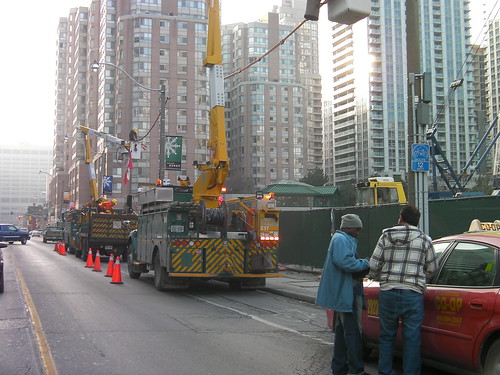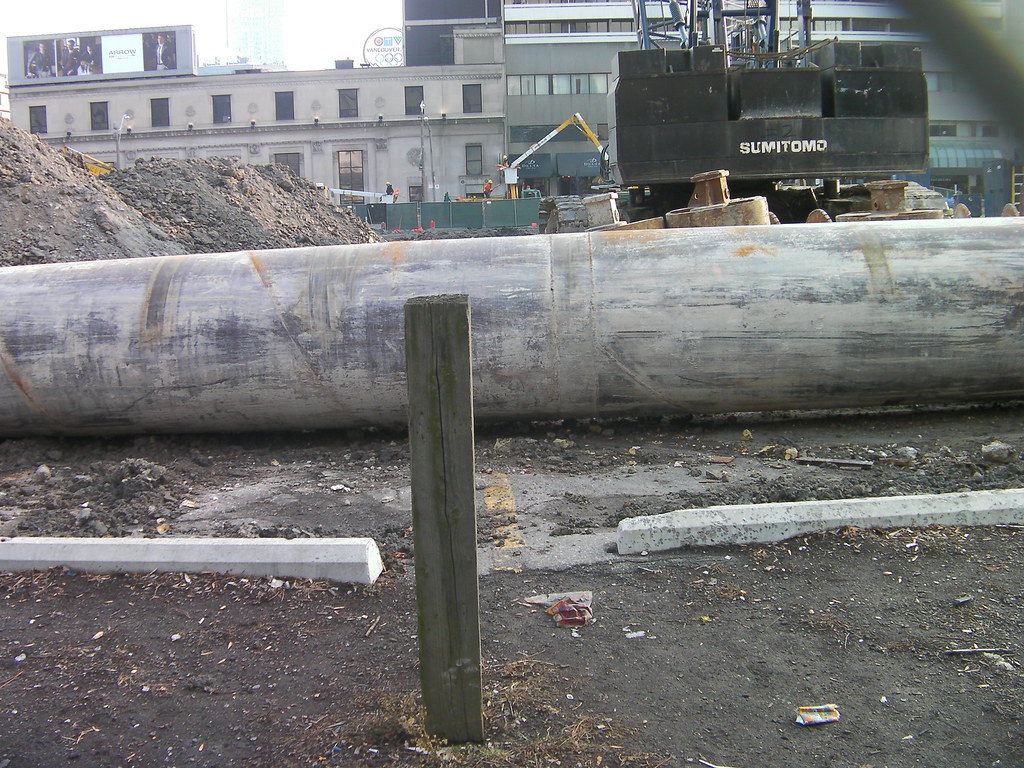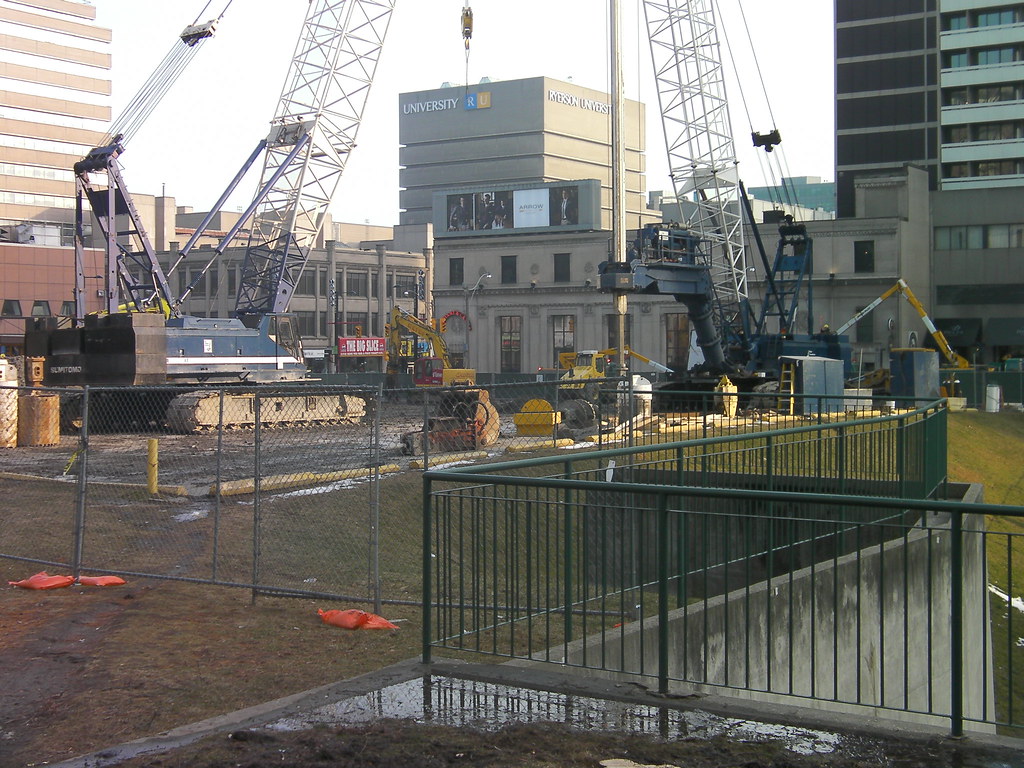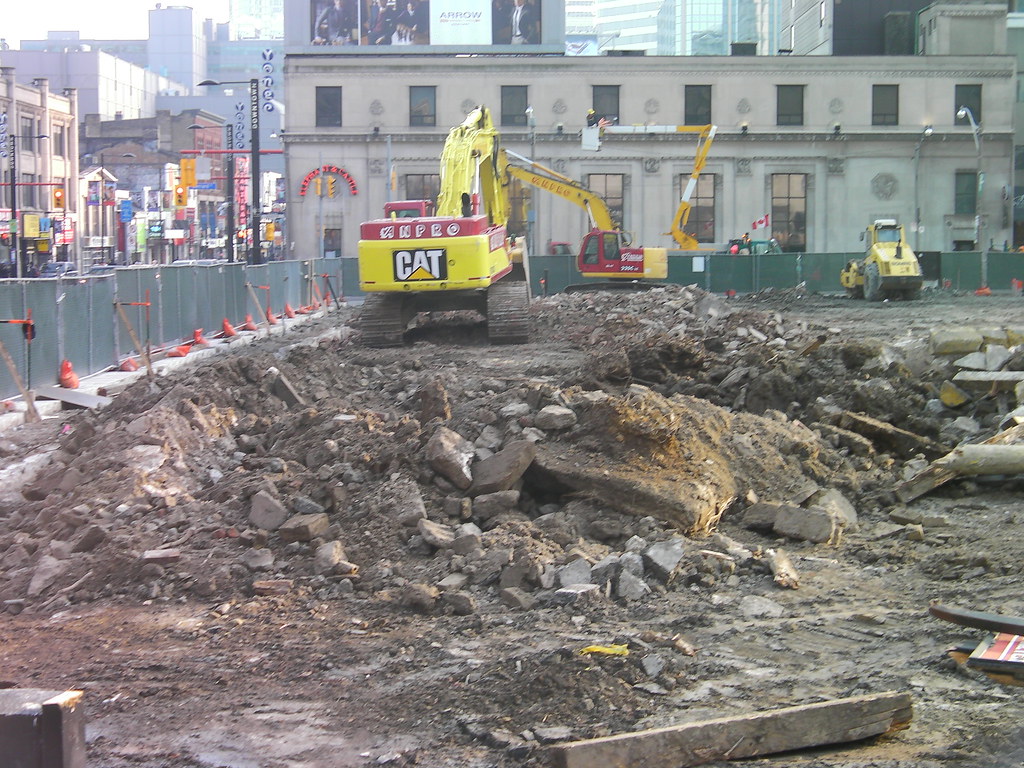College Park
Active Member
The building at the corner of Yonge and Gerrard housed the Glass Head Shoppe and was there as late as the early 90's, if memory serves.
Just reposting a picture from the "evocative images" thread - Hayter street used to run through this site, and from this image, there is a pharmacy in the old building on the south side.





